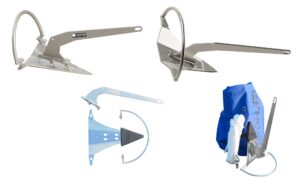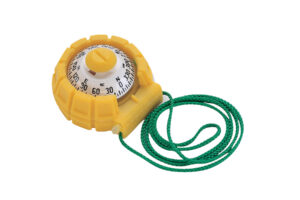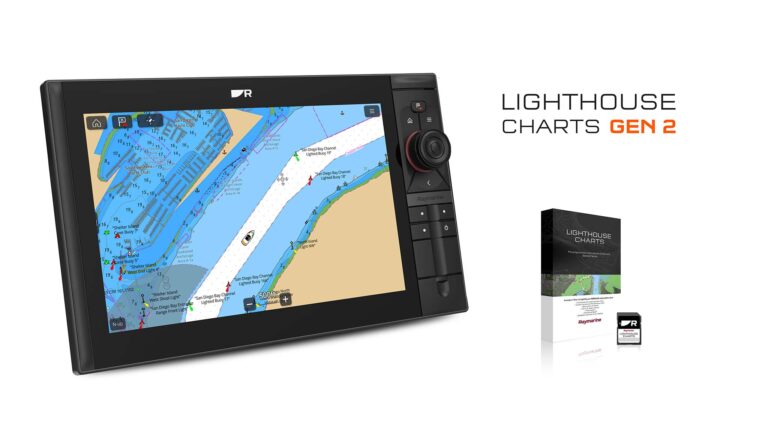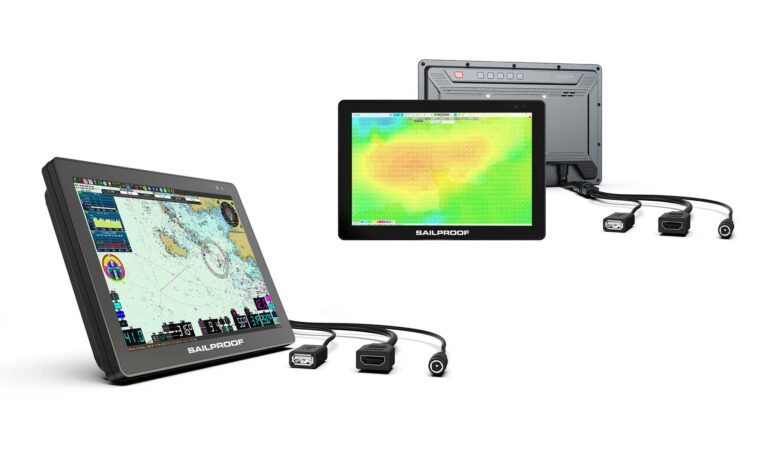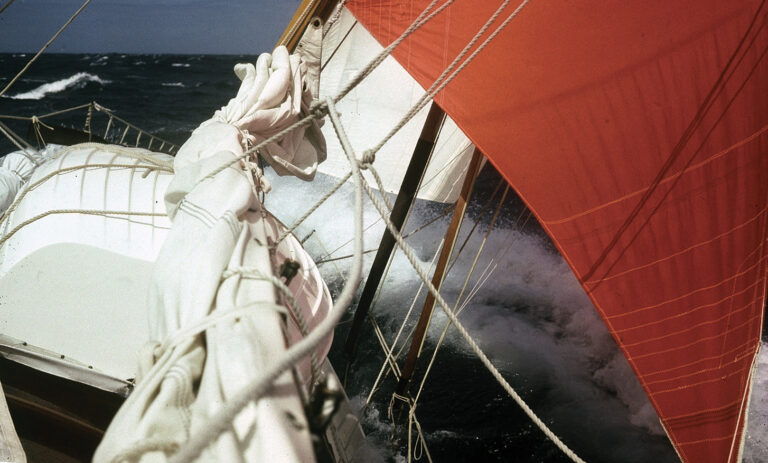
For as long as people have been taking to the sea, they’ve needed a way to signal for help, guide rescuers to them in dire situations and terrible conditions. Since the mid-1800s up until recently, the go-to device for this has been the pyrotechnic flare. And with good reason, they are very effective, they burn brightly and are easily seen at night, from a plane, in the fog—you name the conditions and chances are you’ll be able to see a burning flare.
However, they have their downsides. They have relatively short burn times and, depending on your situation, you might burn through your flare kit before help arrives. They also expire, so if you don’t pay attention to the dates on the box there’s a chance you find out that they’re too old when it’s too late. Then there’s the big downside—when activated a flare is a flaming torch that can burn at over 5,000 degrees that you are holding, perhaps on your deck, over your dinghy or wherever you happen to be during the emergency. When handled incorrectly flares can cause damage to your boat and injury to you or your crew.

But hey, due to U.S. Coast Guard regulation, and simple common sense, you need flares onboard in case the unthinkable happens. However, thanks to developments that have been made in LED technology, sailors finally have an alternative to carrying pyrotechnics—electronic flares. Last year, the U.S. Coast Guard approved the SOS Distress Light, pioneered by Sirius Signal and manufactured and distributed by Weems & Plath, making it the first electronic flare legally able to replace traditional pyrotechnic options.
The idea of the electronic flare is a simple one, and the benefits are plenty. Instead of buying a box of flares that will some day expire, you can pick up the SOS Distress Light for $100 and never have to worry about it. With the SOS Distress Light paired with the orange plastic distress flag (sold separately) you’ve got your bases covered when it comes to USCG regulations for carrying daytime and nighttime distress signals. The unit activates with a simple on/off twisting, floats, can be worn on a lanyard and never expires. Additionally, when activated the Distress Light lasts for hours, not minutes or seconds like a traditional pyrotechnic flares, and since it isn’t spewing smoke and flame you can leave on the deck or fasten it in the rigging. You can easily test it to make sure the batteries work, and instead of having to go get another box of flares, all you need is a few C batteries. That’s a pretty compelling offer.
[advertisement]Electronic flares may indeed be what lies ahead for distress signaling, as several other companies have products out there that may soon get USCG approval. According to Kevin Rough with UK-based Odeo Flare, manufacturers of the Odeo MK3 LED Flare, the Radio Technical Commission for Maritime Services (RTCM), an international non-profit scientific, professional and educational organization, was holding meetings as we went to press to work on developing new regulations for electronics vessel distress signals. (Odeo is already approved as an alternative to flares in Finland.) Like the SOS Distress Signal, the MK3 LED Flare is a powerful unit—five hours of continuous use from one set of batteries, 10-year shelf life, floats and, most importantly, uses LED lights, not flame, to get you seen. In terms of time of use, one MK3 LED is equivalent to roughly 600 pyrotechnic flares.
This is all well and good, but the bottom line is that for the time being most of these devices are not approved by the U.S. Coast Guard, so sailors still need to carry flares to cruise legally. However, that doesn’t mean they can’t also carry electronic flares as an addition to pyrotechnics. “I’ve been participating with the USCG and others on a technical committee to develop standards for electronic replacements, but there isn’t anything forthcoming for quite some time,” said Andy Little, CEO of Greatland Laser, as we were going to press. “Sailors still have to carry pyrotechnic flares, but we’ve heard from many of our customers that they carry our product so they don’t have to rely on the pyrotechnics.”
The Greatland Laser Green Rescue Laser Flare takes a different approach to distress signaling than its LED-based counterparts. The Green Rescue produces a focused fan laser that can be pointed in the direction of a rescue party. The unit is 5in in length, powered by lithium-ion batteries that provide 10 hours of use and is waterproof and made with materials that are ready to stand up to the harsh marine environment. The Green Rescue Laser’s beam can be seen up to approximately 30 miles away at night and 3 to 5 miles during the day. And also, while shining lasers at aircraft has been coming up in the news recently as a big no-no, a section of legislation passed in 2012 exempts “an individual using a laser emergency signaling devices to send an emergency distress signal.”
Another electronic flare that has been gaining popularity on the market is the EF-20A-1 LED Strobe from North American Survival Systems. The EF-20A-1 uses four CREE LEDs to shine at a blinding 200 candelas and the company claims it has a nighttime visibility of 10 nautical miles. Like many of the other electronic flares, the unit is operated with a simple on/off switch, which makes it easy to test and use when the time comes.
The rescueME EDF1 from Ocean Signal is another one to watch for. The unit is lightweight, rugged and submersible to a depth of 10m. It looks and feels like a regular flashlight, only it has a sliding guard over the on/off and test buttons. At the top there are two bands of eight, high-power red LEDs, along with two on the end, that are extremely bright and form a beam with a 30-degree arc in the horizontal plane, over a 360-degree azimuth. The company claims the LiMnO2 battery pack can retain a maximum six-hour continuous output in economy mode and two hours at full power, and while it is not rechargeable, it can be detached and be replaced easily by its owner.
So all in all, the state of electronic flares right now is in flux—while the only electronic flare that has been approved by the USCG as we went to press is the SOS Distress Light from Weems & Plath (though it has not been approved by SOLAS) there are many options on the market that make a lot of sense for sailors to carry, even if it is just in addition to their pyrotechnic flares. And, as the technology continues to improve and government and safety organizations are rethinking regulations, electronic flares may very well be the norm in marine distress signaling in the near future.
April 2016

